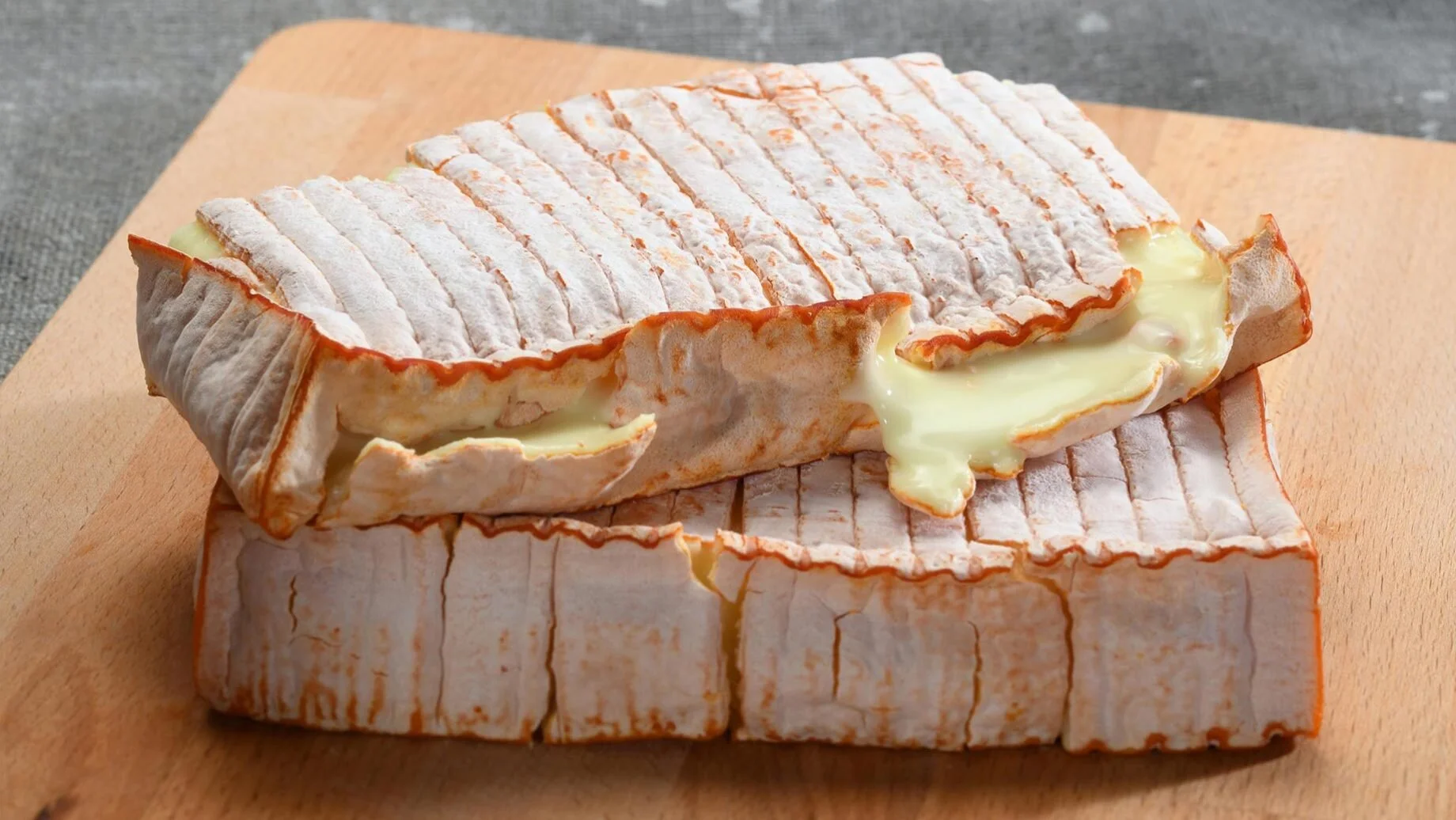Photo: cheesefromswitzerland.com
World Cheese Encyclopaedia - Each Sunday learn all about a new cheese.
This week L'Etivaz from Switzerland.
Photo: myswitzerland.com
Country: Switzerland 🇨🇭
Region: Vaud
Made from: Cow’s milk
Pasteurised: No
Texture: Hard, firm
Taste: Fruity, nutty
Certification: AOP (appellation d'origine protégée)
Aging: 5 – 13 months
L'Etivaz is a hard Swiss cheese made from raw cow’s milk named after the place of its origin. The cheese is very similar to Gruyère surchoix's taste. L'Etivaz is a hamlet in the southwestern Swiss Alps, just under the Col des Mosses in the canton of Vaud. It has about 150 inhabitants. The cheese is produced by hand over an open fire from May to October in just over a hundred Alpine dairies in the Vaud canton Alps according to a traditional recipe. The raw milk is treated directly in the dairy and is full of the aromas of fine Alpine herbs.
L’Etivaz AOP has a characteristic aromatic/fruity taste with slight hints of nuts that can vary slightly from Alp to Alp depending on the food given to the cows. Its dough is ivory to light yellow in colour, and the round cheese weighs between 15 and 35 kilograms. L’Etivaz AOP matures for 5 to 13 months and keeps very well. It is only produced in small quantities, from 400 to 430 tons, i.e. 17’000 to 19’000 cheeses, during the summer months.
Photo: myswitzerland.com
L'Etivaz is made essentially as Gruyère was 100 years ago. It is made only when the cows are doing their summer grazing in Alpine pastures. It must be made in traditional copper cauldrons, and only over old-style, open wood fires. The resulting cheese is a bit creamier and less sharp than Antique Gruyère, yet smooth and flavorful. L'Etivaz has a firm texture with a fruity, slightly nutty flavor, which varies depending on the soil of the different pastures. It is yellow ivory in color and slightly sticky due to its saltiness. It is aged for 5 to 13 months before it is eaten.
The cheese is formed into a wheel, 40 to 65 cm (16 to 26 in) in diameter with a thickness of 10 cm (3.9 in) and weighing from 20 to 50 kg (44 to 110 lb). Originally, the cheese had a large distribution of tiny holes; however, the modern cheese rarely shows holes. One may see the occasional horizontal fissure under the rind.
History
Photo: bodeboca.fr
In the 1930s, a group of 76 Gruyère producing families felt that government regulations were allowing cheesemakers to compromise the qualities that made good Gruyère so special. They withdrew from the government's Gruyère program, and "created" their own cheese - L'Etivaz - named for the village around which they all lived. They founded a cooperative in 1932, and the first cheese cellars were built in 1934.
In 2000, the cheese L'Etivaz was the first Swiss product other than wine to obtain an appellation d'origine contrôlée (AOC). In 2013, the certification was replaced by the appellation d'origine protégée (AOP).
How to enjoy it
L’Etivaz is best eaten at the end of a meal with raisins or fresh figs. Another excellent accompaniment is nuts and slices of pears. Enjoy L’Etivaz with a glass of fruity Barbera d'Alba wine.
Source: Wikipedia, murrayscheese.com, myswitzerland.com, cheesesfromswitzerland.com, bodeboca,fr
Looking for a different cheese? Search the whole cheese encyclopaedia here.






























